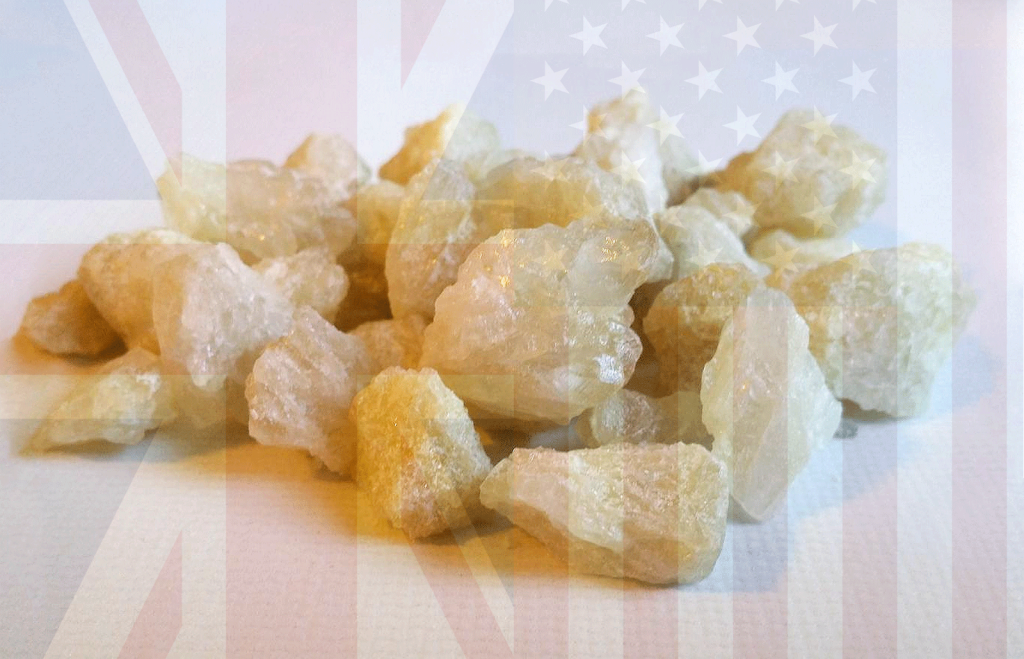A Comparison of British and American MDMA Users. As we bid farewell to summer and Festival Season, our bodies can rejoice in the thought of rejuvenation. The burden of alcohol on our liver is lifted and serotonin levels begin to rise, allowing us to enjoy the upcoming autumn season. We can take pleasure in simple things like the sound of crunching leaves underfoot and cozy fireside pints.
As the festival season comes to a close, British sesh gremlins shift their partying indoors to clubs and house gatherings. Here, they continue their frequent indulgences in Mandy, dancing under various lights until daylight breaks and the curtains are drawn for a rollover. Whether at home with a Boiler Room mix or at an event like Parklife, British sesh gremlins’ love for MDMA remains a key factor in their enjoyment.
Based on data from the 2018 Global Drugs Survey, it seems that average UK users indulged in MDMA on approximately 10.6 occasions within the past year. During each of these instances, they consumed an average of 1.5 pills or roughly half a gram of powder. This puts Britain at the upper end of countries where MDMA is used. In contrast, the average American user took about 1.4 pills or 340mg of powder on 5.3 days throughout the year. While these may seem like substantial amounts, per-user consumption in America falls well below that of the UK and is relatively modest compared to other drugs such as benzodiazepines and opioids. These differences between British and American use of MDMA are worth examining as “Molly” culture continues to take shape in the US.
In addition, British users are known for combining other substances with MDMA, with ketamine being a popular choice. According to Dan, the combination of ketamine and MDMA is enjoyable, although it should be noted that it may not be the safest option for one’s health. A Comparison of British and American MDMA Users
From a British perspective, America’s acceptance of MDMA could be viewed as held back, naive, and potentially embarrassing. In fact, some Americans consider it to have a more spiritual nature, similar to mushrooms and LSD. They even caution one another to use it responsibly on platforms such as Reddit’s r/MDMA before impulsively sharing photos of their altered appearances with captions like “Having the best time ever, love you all” and “Bros bonding during an epic roll”
Although their approach to reducing harm caused by drugs may seem extreme, it is commendable. However, the supplement routines they follow before and after taking MDMA can appear more complicated than simply making homemade pills. According to Andy, a 30-year-old from Ohio, he always includes magnesium and vitamin C before taking the drug and follows up with 5-HTP afterwards. He also recently added acetylcarnitine, alpha-lipoic acid, and grapefruit juice to his regimen with great results – no hangover. Additionally, he incorporates healthy eating habits, meditation, and other activities that he believes boost serotonin levels.
Despite the potential advantages of using supplements, it’s unlikely that most British users will start rushing to health food stores anytime soon. When asked about his thoughts on using supplements for recovery, Tony, an 18-year-old from Grimsby, questions why anyone wouldn’t take advantage of them. However, he adds that he probably won’t include them in his next MDMA experience.
For Brits, preparing to do MDMA mainly involves pre-rolling cigarettes and using the bathroom, while recovery – as described by Tom, 18, from Norwich – means “having a cup of tea and watching Planet Earth II”. Dan from Bournemouth prefers to spend his recovery time in bed, binge-watching Netflix, smoking weed, and eating. Americans have a much different approach to taking MDMA, often in colorful EDM events or wholesome “ecstasy parties”. These parties usually include giving guests glow sticks, Pop Rocks, bubbles, blankets, and amusing outfits. Attendees are encouraged to engage in activities like painting and writing complimentary notes to each other that can be read during the comedown.
Jesse, a 24-year-old from Massachusetts, recently hosted his first ecstasy party. He believes that one possible explanation for the destructive nature of UK’s MDMA culture is due to early exposure. “In America, many people first try MDMA during college. This adds more pressure as any mistake could potentially derail their lives,” Jesse explains. On the other hand, in Britain, MDMA usage seems to start in high school and continues into university.
The main disagreement among Mandy and Molly enthusiasts is the wait time between doses. According to Ann Shulgin, the “three-month rule” is often followed by Americans as a precaution against developing a high tolerance and potential mental and physical issues associated with MDMA therapy. However, some British users do not agree with this guideline. Darren, a 22-year-old from Kent, believes that waiting only one month between doses is sufficient as long as one does not take too much. The Global Drugs Survey team advises saving the use of MDMA for special occasions and trying not to consume it more than once every month or every two to three months in order to increase its enjoyable effects.
Ultimately, how Brits and Americans treat MDMA probably has something to do with their respective natures. Brits are as nihilistic with the drug as they are with alcohol, while – arguably – Americans generally put more brainpower into how they use their illicit substances. Think, for example, about how many more American weed nerds you’ve come across than British.
Could reconciliation really happen – like a huge party in the middle of the Atlantic Ocean, where teenagers wearing bucket hats try Pop Rocks and supplements for the first time? Seems unlikely.



